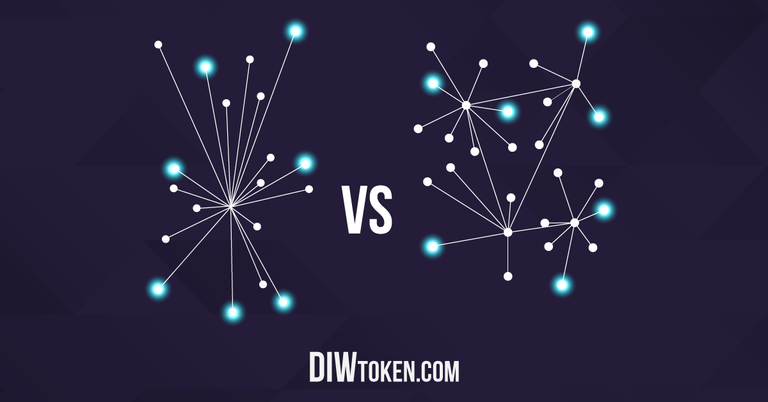
Every day, we create and store 2.5 quintillion bytes of data. In the last two years alone, we have created 90 percent of the world’s data! The amount of data created on digital information platforms daily is eight times greater than the information stored in all of the libraries in the U.S!
People create and access data via different digital personal devices daily, with data and information being stored in various databases and clouds, in services such as the social media, music platforms, banking, shopping and much more. According to an online survey, with more than 2,000 english-speaking adults participating, the average person has 27 discrete online logins. As we store more and more data in various locations we rely on a growing number of passwords to access our information. It is possible to store these passwords along with other sensitive information with various online organisations; however, this raises the concern of security breach if an individual stores all private information in one place.
Organisations that offer password and information storing services use what is known as a centralised system. Centralised systems are currently the most widespread models for software applications. The system gathers and stores all data at a single centre, with all individuals being dependent on this infrastructure, as well as expecting it to protect their personal data. This dependency results in a single point of failure that is vulnerable to hacking or corruption.
People need to store passwords and sensitive information in an easy-to-access location without the risk of security breach. This is now possible through the use of what is known as a decentralised system. This system solves the issue of a single point of failure on a centralised system. Instead of storing passwords and information in one centre that is monitored and controlled by an individual or a single organisation, decentralised systems are spread across many servers with no one person or individual entity having control over any data, eliminating a point of attack for hackers.
Brennan Novak, a user-interface designer who works on privacy tools said that the transition to an Internet that relies more extensively on decentralized technology is “an absolutely essential development,” since it would make many attacks by malicious actors—criminals and intelligence agencies alike—impractical. A successful example of a decentralised system is bitcoin’s blockchain network.
Hi! I am a robot. I just upvoted you! I found similar content that readers might be interested in:
https://diwtoken.com/news/the-problem-&-future-of-information-security